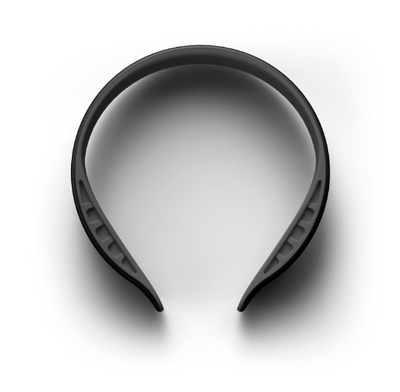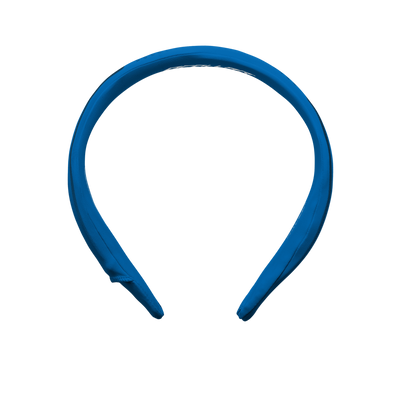In the eighteen years following former NFL Hall of Famer Mike Webster's diagnosis of Chronic Traumatic Encephalopathy (CTE), our understanding of the disease, and brain injury in sport in general, has been continuously evolving. We know that CTE is a progressive neurodegenerative brain disease thought to be caused by the accumulation of repetitive head impacts. CTE is difficult to diagnose, as it can only be found posthumously following an autopsy where the brain can be examined for an accumulation of Tau Proteins in the brain. The most common symptoms of CTE that can be found in a living person are behavioral or mood challenges, with signs of CTE being similar to those of other neurological diseases such as Alzheimer’s.
While CTE is usually thought of in relation to pro football, recently, researchers at Boston University's CTE Center published a study in The JAMA Neurology Journal, that has reset the conversation. The study found that 40% of youth, high school and college athletes who had sustained repetitive head impacts through their participation in contact sports and died before the age of 30, had CTE. This included those who stopped playing contact sports before the college level. For the 152 former athletes whose brains were studied, suicide was sadly the most common cause of death. Although most of the individuals played football as their primary sport, there was evidence of those diagnosed who had played soccer and ice hockey.
This recent development follows a July 2022 study that provided strong evidence linking repetitive head impacts from contact sports, including hockey, rugby, soccer and bobsledding, to CTE.
Although we have yet to find a proven way to prevent CTE, there are consistent efforts to make sports safer through rule changes, age limits and more. In addition, the Q-Collar, which was authorized by the FDA in 2021, is the only piece of equipment proven to help protect the brain from the repetitive head impacts linked to CTE. In fact, based on the FDA’s own analysis of the data, athletes not wearing the Q-Collar were three times more likely to incur changes in the white matter of their brain compared to those who did wear the Q-Collar. Q30, the developer of the Q-Collar, is motivated to continue doing its part to protect the brains of athletes and combat soldiers now, and for generations to come.








